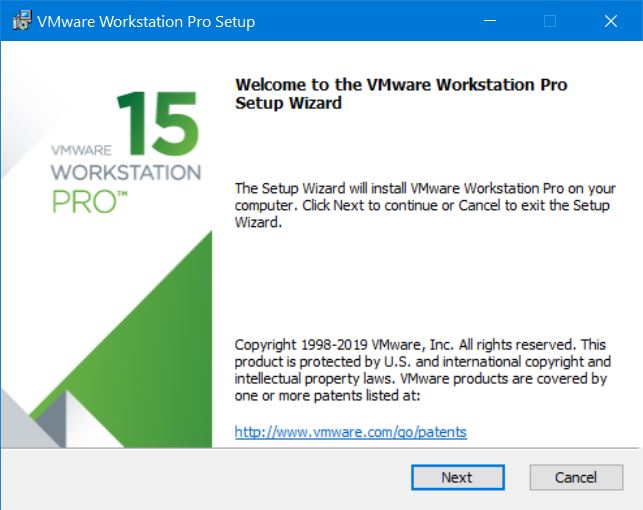

Big computers have done this sort of thing for decades. This is all very advanced - and very old. It's as if multiple computers were churning away on a single motherboard. Each package of resources is a "virtual machine," entirely separate from the others. Instead, the virtualization software takes control of the machine, then parcels out resources like memory and processing cycles to the various operating systems. Normally, it's the operating system that directly runs the various bits and pieces of hardware. It's called virtualization software, and it works by placing itself between the computer and the operating system. It's time to reboot and load Windows, unless you could somehow persuade your computer to run Windows and Linux at the same time.Īnd you can, with the help of software that can turn a single computer into two, three, or more machines, all happily coexisting inside the same box. Say you're trying out Linux, but suddenly need to check your Microsoft Outlook appointment calendar. It's called dual-booting, and it's a handy way to try out various operating systems - but not handy enough. Indeed, lots of computer users keep multiple operating systems on their hard drives, and use special software to select the one they want when the computer reboots. Switch operating systems, and the computer takes on a whole new personality. The same standard PC chips that run Microsoft Corp.'s ubiquitous Windows operating system can just as easily run those geeky alternatives, Unix and Linux. We usually think of the processor chip as the brains of a computer, but it's a mighty versatile brain.

The jury's still out on whether a computer can ever truly be intelligent, but there's no question that it can have multiple personalities.


 0 kommentar(er)
0 kommentar(er)
